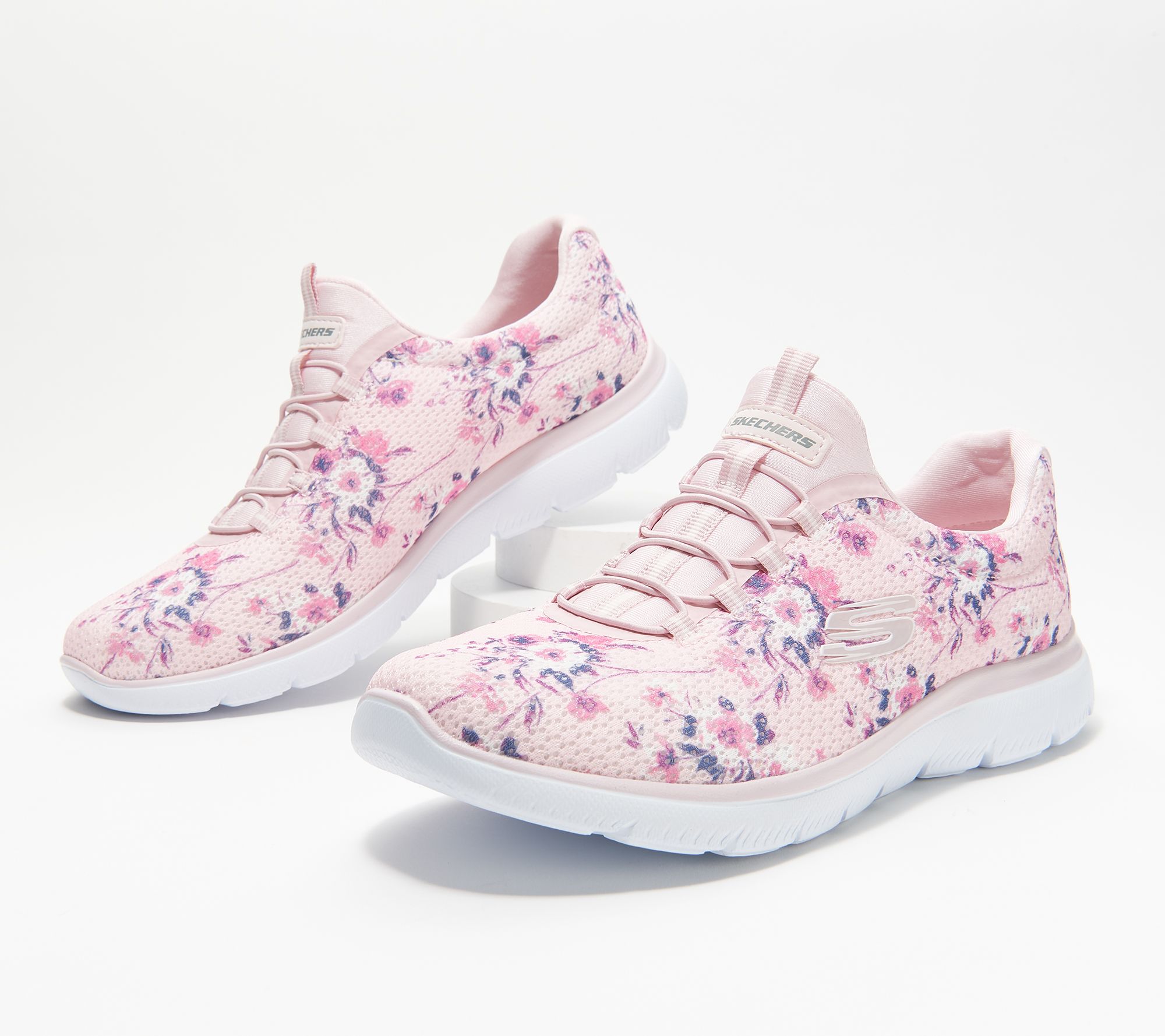Flor Logo Espadrille Wedge Sandal – GUCCI
Boldly branded with a double-G logo appliqué, this leather sandal outshines any other espadrille thanks to its metallic braided-jute wedge.
Boldly branded with a double-G logo appliqué, this leather sandal outshines any other espadrille thanks to its metallic braided-jute wedge.
- 3 3/4″ (95mm) heel
- Adjustable ankle strap with buckle closure
- Leather upper and lining/rubber sole
- Imported
- Women’s Designer Shoes
- Item #6253359
Additional information
| SIZE INFO | True to size. |
|---|






by Chris
These are my new favorites! They are comfortable. I wore them all over the cobblestone roads in Venice. They look nice with jeans or dressier outfits. 38 fit as expected.